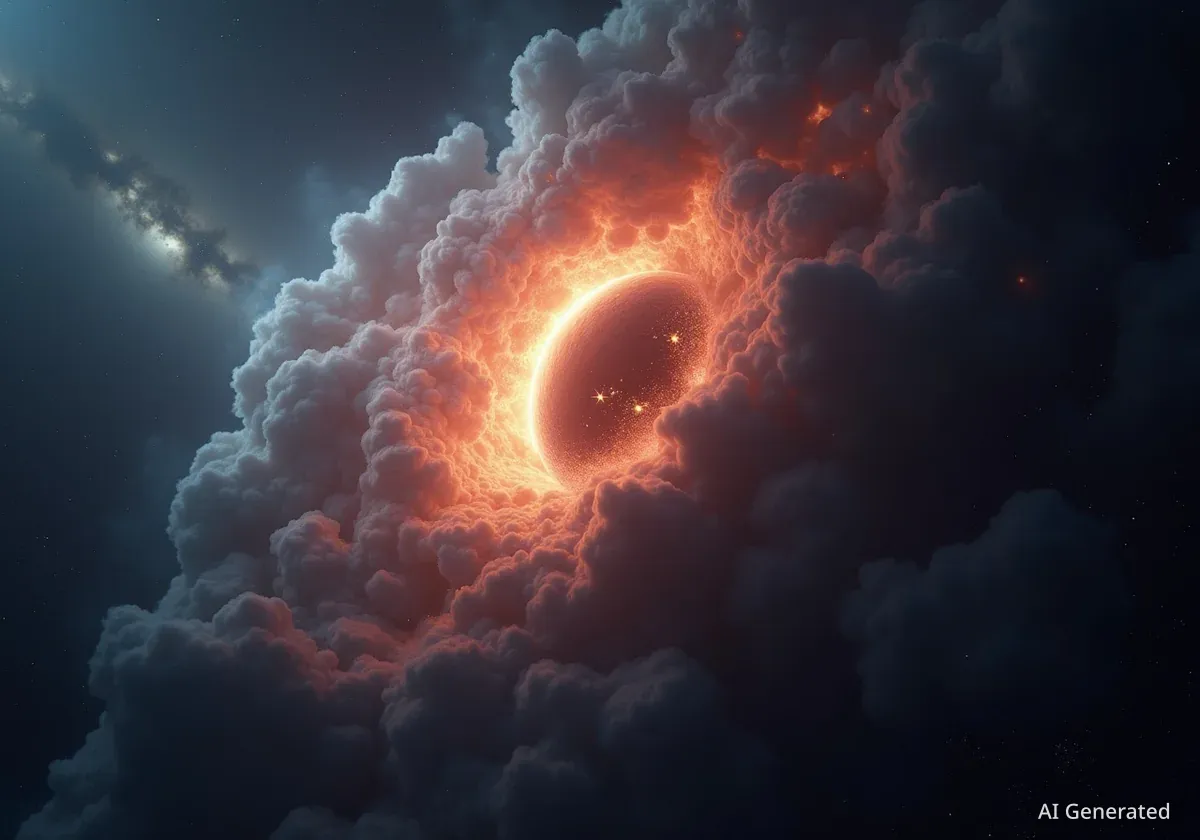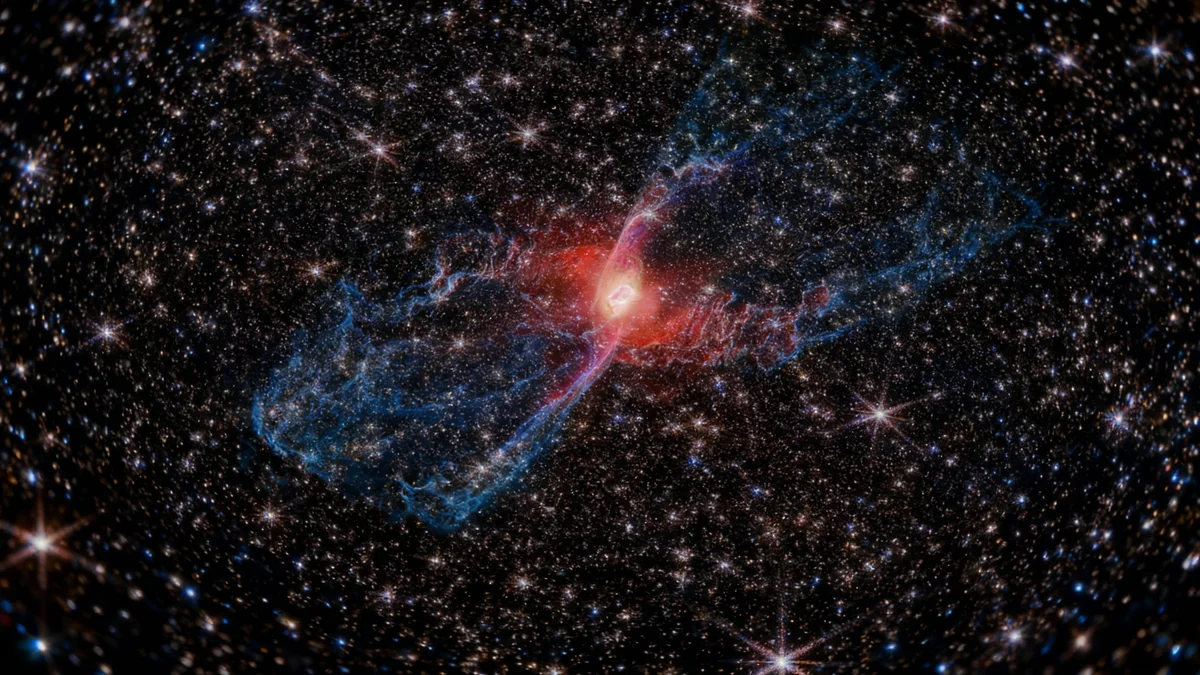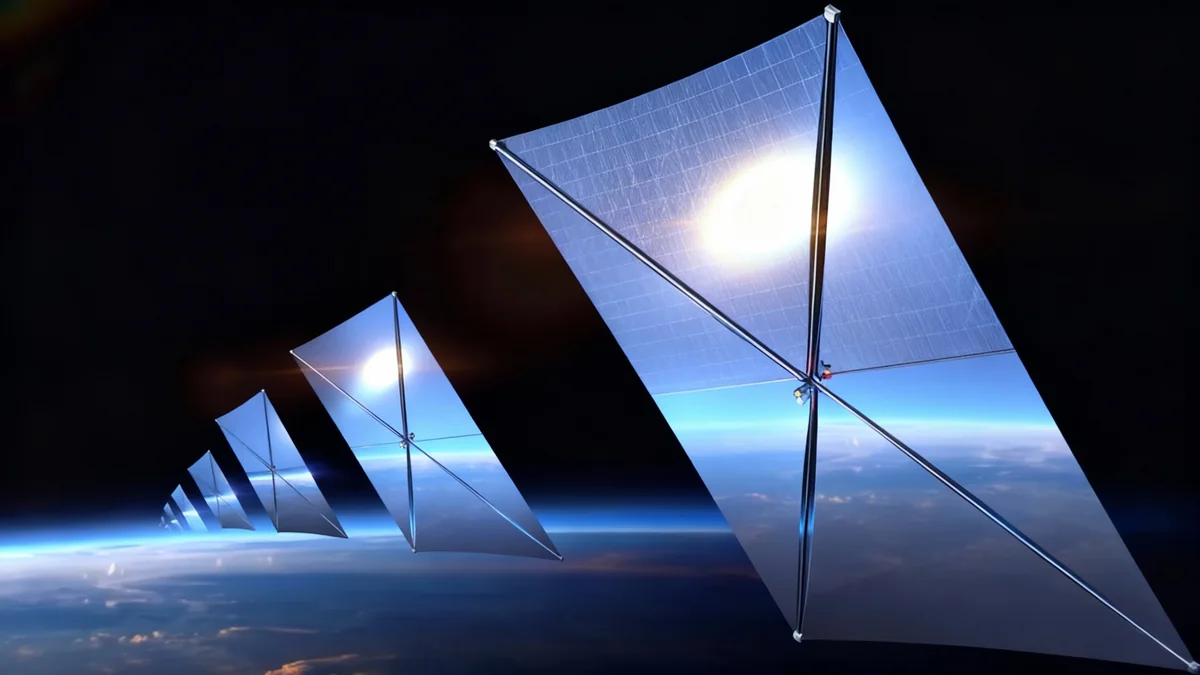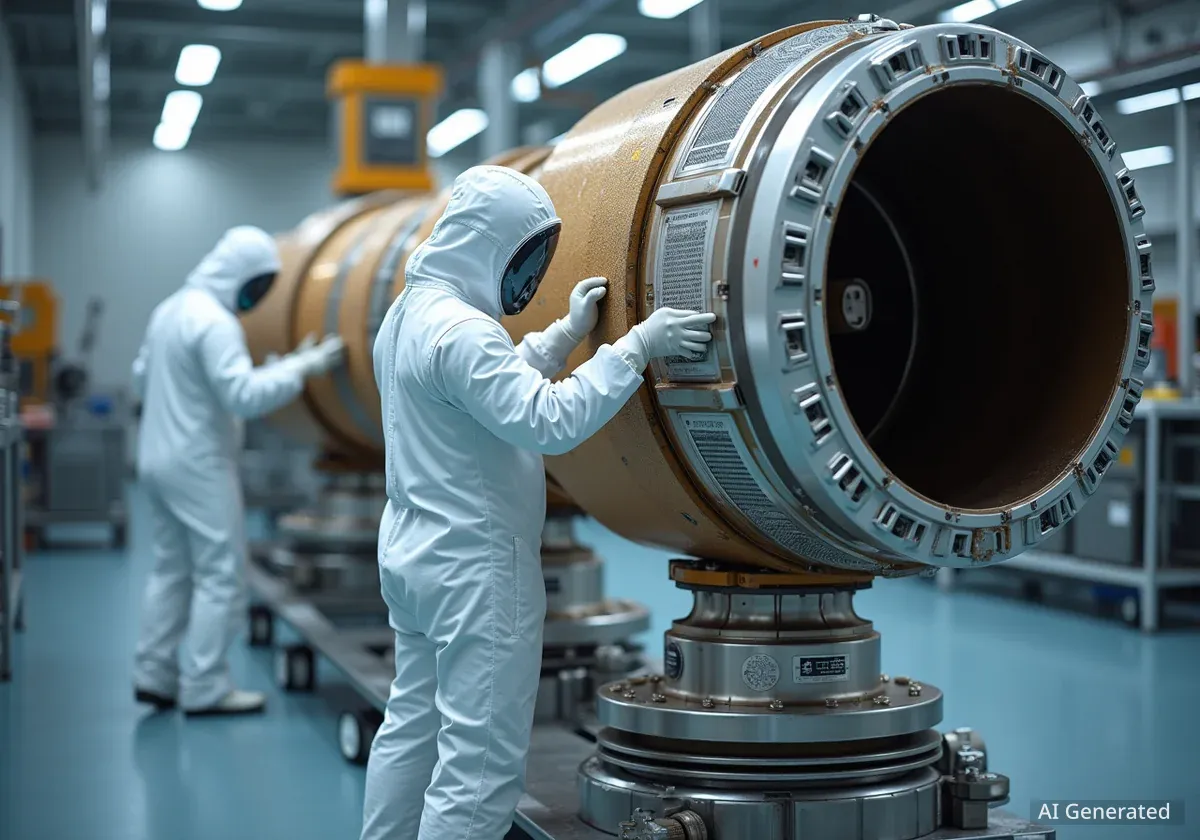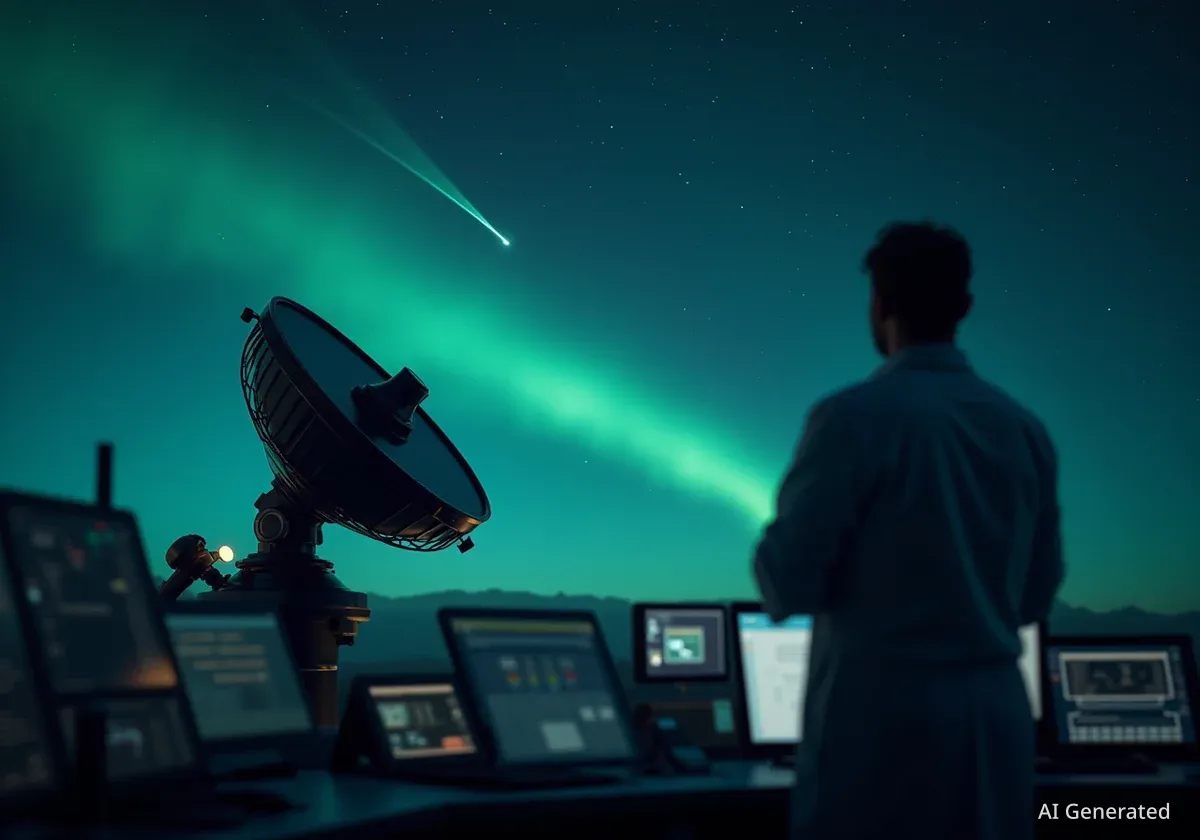Astronomers have identified a free-floating planet in the Chamaeleon constellation that is actively consuming vast amounts of gas and dust. The object, named Cha 1107-7626, is located approximately 620 light-years from Earth and is not bound to any star.
Observations confirm it is pulling in material at a rate of six billion tons per second, the highest ever recorded for an object of its size. This discovery challenges existing models of planetary formation and suggests some rogue planets may grow in a manner similar to stars.
Key Takeaways
- A rogue planet, Cha 1107-7626, has been observed actively accreting gas and dust.
- It consumes material at a record-breaking rate of six billion tons per second.
- The planet has a mass between five and ten times that of Jupiter.
- The discovery suggests some free-floating planets may form through processes similar to stars.
A Lone World with a Powerful Appetite
In the vast expanse of interstellar space, scientists have located a unique planetary-mass object. Designated Cha 1107-7626, this world drifts alone, untethered to a host star. Such objects are known as rogue planets, typically thought of as cold and inactive bodies wandering the galaxy.
However, Cha 1107-7626 is far from inactive. Using data from multiple powerful telescopes, researchers have found that it is surrounded by a disk of gas and dust, which it is actively feeding on. This process, known as accretion, is how young planets and stars grow.
Record-Breaking Consumption
The rate of accretion observed at Cha 1107-7626 is an astonishing six billion tons every second. This is the most intense accretion event ever documented for a planetary-mass object, providing a rare glimpse into a dynamic and violent formation process.
Víctor Almendros-Abad, an astronomer at the National Institute for Astrophysics in Italy and lead author of the study, highlighted the significance of the finding.
"This is the strongest accretion episode ever recorded for a planetary-mass object," Almendros-Abad stated. He added that the discovery shows "planetary-mass objects freely floating in space can be exciting places."
Observing a Distant Cosmic Feeder
To study this faint and distant object, astronomers combined the capabilities of the European Southern Observatory's (ESO) Very Large Telescope (VLT) and NASA's James Webb Space Telescope (JWST). These instruments provided a detailed look at the system's composition and behavior.
The observations revealed several key indicators of active growth:
- Infrared Excess: The system emits more infrared light than expected, a sign of a warm, dusty disk.
- Silicate Features: The presence of silicates in the disk is similar to what is seen around young stars and brown dwarfs.
- Hydrocarbon Emissions: These lines point to a carbon-rich disk, providing fuel for the planet's growth.
With a mass estimated to be between five and 10 times that of Jupiter, Cha 1107-7626 is one of the smallest known free-floating objects to host its own accretion disk. The combined evidence makes it a clear example of how isolated planets can build themselves in the dark void of space.
What Are Rogue Planets?
Rogue planets are celestial bodies of planetary mass that do not orbit a star. They either formed in isolation from interstellar gas clouds or were ejected from their original solar systems. Their origin is a subject of ongoing scientific debate, which discoveries like Cha 1107-7626 help to inform.
Growth in Bursts, Not a Steady Flow
Further analysis of the data, including archival observations, showed that Cha 1107-7626 does not grow at a constant rate. Instead, it experiences intense "growth spurts" where the accretion process surges dramatically.
The research team was able to capture the planet during one of these bursts. They found that the planet's magnetic field appears to be channeling material from the disk onto its surface, a mechanism previously observed primarily in young stars. This star-like behavior in a planetary object is a significant finding.
A Changing Chemical Environment
Even more surprising was a shift in the disk's chemistry during the accretion burst. According to the study, water vapor was detected in the system only while the intense accretion was happening. This suggests the high-energy process of the growth spurt can alter the chemical makeup of the surrounding material.
This observation provides a unique window into the chemical evolution that can occur during the nascent stages of a world's formation, linking growth directly to the presence of essential molecules like water.
Redefining Planetary Formation
The discovery of Cha 1107-7626 has profound implications for understanding how planets and stars form. The object's behavior blurs the traditional lines that separate these two classes of celestial bodies.
"The origin of rogue planets remains an open question: are they the lowest-mass objects formed like stars, or giant planets ejected from their birth systems?" questioned co-author Aleks Scholz of the University of St. Andrews.
Because Cha 1107-7626 is growing through accretion bursts powered by a magnetic field, it supports the theory that at least some rogue planets form through the same process as stars—by collapsing from a cloud of gas and dust.
Belinda Damian, an astronomer at the University of St. Andrews, commented on the broader impact. "This discovery blurs the line between stars and planets and gives us a sneak peek into the earliest formation periods of rogue planets," she said.
Future instruments like the Extremely Large Telescope (ELT) will be crucial for finding more of these elusive objects. By studying a larger population of rogue planets, astronomers hope to determine just how common star-like formation is for these lonely worlds.

